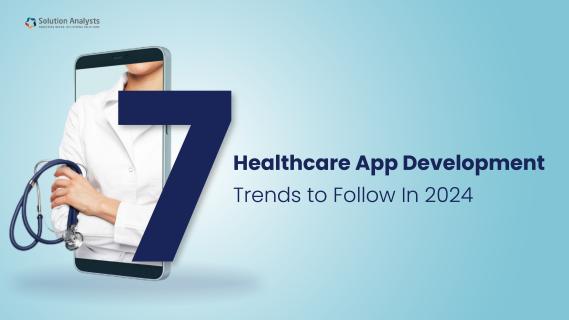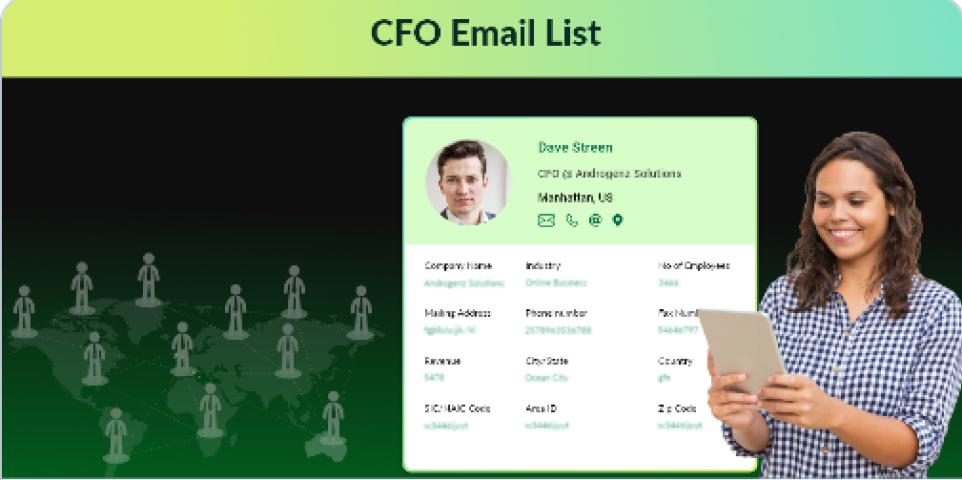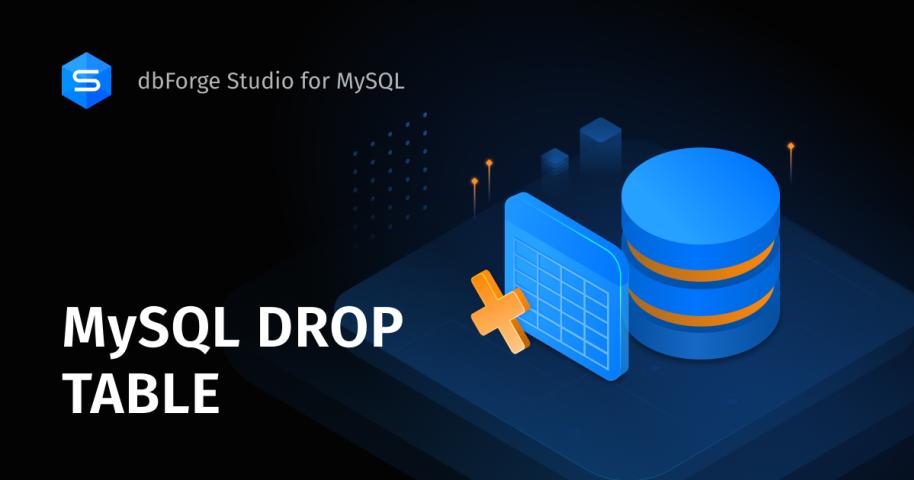Telemedicine software development involves creating digital platforms and applications that enable remote healthcare. These solutions facilitate virtual consultations, remote monitoring, and other healthcare services, allowing patients to receive medical care without the need for physical visits to healthcare facilities. Here are some key components and considerations in telemedicine software development:
Key Features of Telemedicine Software
1. Video Conferencing:
- High-quality, real-time and audio communication between patients and healthcare providers.
- Secure and HIPAA-compliant video conferencing tools to ensure patient privacy.
2. Appointment Scheduling:
- Online appointment booking and scheduling with automated reminders.
- Integration with healthcare providers’ calendars to streamline the scheduling process.
3. Electronic Health Records (EHR) Integration:
- Access to patient medical histories, lab results, and other health records.
- Seamless integration with existing EHR systems to ensure continuity of care.
4. Remote Monitoring:
- Tools and devices for monitoring patient health metrics (e.g., heart rate, blood pressure) remotely.
- Real-time data transmission to healthcare providers for ongoing patient management.
5. Prescription Management:
- E-prescription capabilities allowing doctors to prescribe medications electronically.
- Integration with pharmacies for easy prescription fulfillment and tracking.
6. Secure Messaging:
- Encrypted messaging for secure communication between patients and healthcare providers.
- Support for text, images, and documents to facilitate comprehensive communication.
7. Payment Processing:
- Secure payment gateways for processing consultation fees and other charges.
- Support for various payment methods, including credit/debit cards, insurance, and digital wallets.
8. User Authentication and Authorization:
- Robust authentication mechanisms to verify the identities of patients and healthcare providers.
- Role-based access control to ensure that sensitive information is only accessible to authorized users.
9. Analytics and Reporting:
- Data analytics tools to track and analyze patient outcomes, service usage, and operational efficiency.
- Reporting features to generate insights for healthcare providers and administrators.
Development Considerations
1. Regulatory Compliance:
- Ensuring the software complies with healthcare regulations such as HIPAA (Health Insurance Portability and Accountability Act) in the U.S., GDPR (General Data Protection Regulation) in Europe, and other relevant standards.
- Implementing security measures to protect patient data and ensure privacy.
2. User Experience (UX) Design:
- Designing intuitive and user-friendly interfaces for both patients and healthcare providers.
- Ensuring accessibility for users with different levels of technical proficiency.
3. Scalability:
- Building scalable solutions that can handle increasing numbers of users and data.
- Utilizing cloud infrastructure for flexible and scalable deployment.
4. Interoperability:
- Ensuring the software can integrate with various healthcare systems, devices, and third-party applications.
- Using standard protocols and APIs to facilitate seamless data exchange.
5. Reliability and Performance:
- Ensuring the software is reliable and performs well, even under high demand.
- Implementing robust testing and quality assurance practices to identify and fix issues.
6. Data Security:
- Implementing strong encryption, secure data storage, and other security measures.
- Regularly updating and patching the software to address vulnerabilities.
7. Mobile Compatibility:
- Developing mobile-responsive designs and native mobile apps for iOS and Android.
- Ensuring a consistent and seamless experience across different devices.
Development Process
1. Requirement Gathering:
- Understanding the needs of healthcare providers and patients to define the scope and features of the software.
2. Design and Prototyping:
- Creating wireframes and prototypes to visualize the software’s design and functionality.
3. Development:
- Writing the code to build the software, including front-end and back-end development.
- Integrating third-party services and APIs as needed.
4. Testing:
- Conducting thorough testing to ensure the software is functional, secure, and user-friendly.
- Performing usability testing with real users to gather feedback and make improvements.
5. Deployment:
- Deploying the software to production environments and making it available to users.
- Setting up monitoring and support systems to ensure smooth operation.
6. Maintenance and Updates:
- Providing ongoing maintenance and support to address issues and update the software.
- Continuously improving the software based on user feedback and technological advancements.
Telemedicine software development requires a multidisciplinary approach, combining expertise in healthcare, software engineering, UX design, and regulatory compliance. The goal is to create reliable, secure, and user-friendly solutions that enhance access to healthcare and improve patient outcomes.















